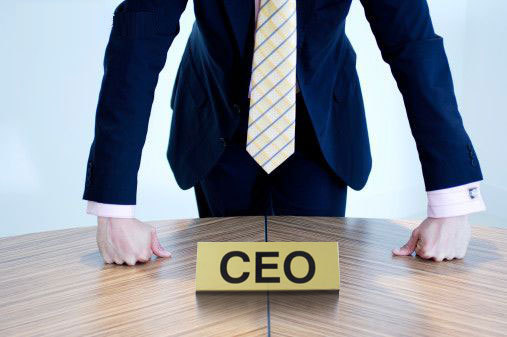In exploring reasons why women are still not proportionately represented at the leadership levels of American business, we get down to what McKinsey & Co. calls invisible "mind-sets." These mind-sets give rise to obstacles - for women and gender diversity. One such obstacle is what I call "unconscious images." Like the other mind-sets (the double bind and the comfort principle), this cause is neither malicious nor intentional. Consciousness of its existence, and its impact in the workplace, can lead to inclusive behaviors and cultures.
Anyone who has been alive at least nine months has "pictures" of how certain things look. For example, if I ask you to picture a CEO (close your eyes and do that), chances are you will not have an image of a short, plump, woman of color. Most people will imagine, in fact, a lean white male -- because that is what we most commonly see. And he will be tall. One study says that the average Fortune 500 CEO is over 6 feet tall, 2-3 inches taller than the average man!
If business leaders share this "tall white male" image of power and success, but are unconscious of it, there are advantages for people who fit this image. If someone "looks the part," he may be more likely to get to try out for the role. When thinking about whom to consider for an important project or promotion, someone who "looks the part" is more likely to come to mind than someone who does not.
This is about more than appearance. Styles of leadership either do or do not fit the historical image, which includes "leading from the front." Someone who leads collaboratively may be seen as lacking leadership, despite great team results. A talented person who does not "look the part," is more likely to be overlooked. There may be more focus on how this person acts than on actual contributions. The boss cannot imagine this person at the next level.
I do not believe we can eradicate our unconscious images. The goal is to make leaders aware of them so they can monitor their impact and make more enlightened (and inclusive) choices in making assignments and promotions. Think about this very human phenomenon as a blind spot. You are aware of the blind spot in your car. Before changing lanes, you compensate for the blind spot. If you are aware that you have pictures of how leadership or success "looks," you can push the "pause button" on your automatic thinking. Do this when you feel judgment about someone or when you are doing performance evaluations or considering making a promotion. Are you NOT seeing a person's results or contributions because he or she does not "look the part"? When filling a job or team, are you NOT thinking of someone who could do a great job but does not fit the usual image?
What can women and others affected by unconscious images do? If your style of dress or hairstyle is very different from the norm in your organization, consider whether you might make some changes. (Conforming a little in appearance need not mean giving up your authentic style.) Take it on yourself to be sure your boss (or person evaluating you or handing out good work) knows about your skills and your results. Acknowledge that your approach may be different but show how it has worked well. If tooting your own horn is hard for you (a common thing among women), PRACTICE. Or ask a colleague or sponsor to "toot" on your behalf (and do that for others).
What you have done to make sure you do not make choices based on who fits your unconscious images? What have you done to minimize the negative effects of unconscious images on you and others?
